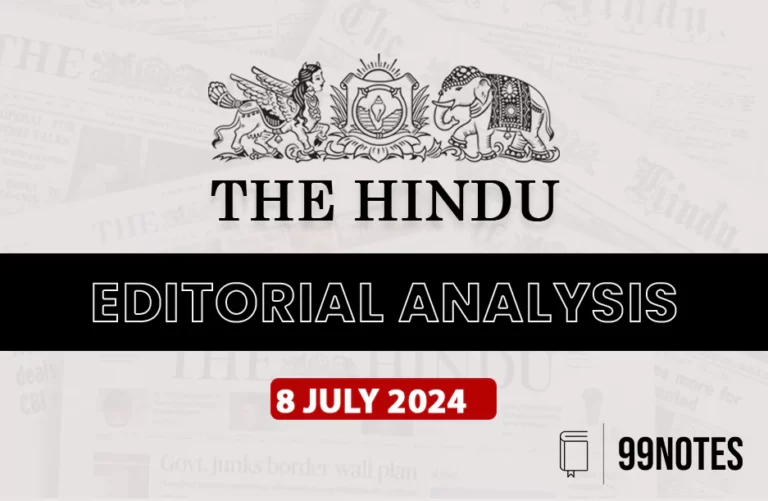6 August 2025: PIB Summary For UPSC
1. Govt Clarifies: No Ban on Paracetamol, Only Certain Fixed‑Dose Combinations Barred
Source – Press Information Bureau (PIB) – Ministry of Jal Shakti (6 August 2025)
|
Topic: GS Paper III – Indian Economy (Pharmaceutical Regulation & Health Sector Policy) |
|
Context |
|
Content:
Background & Current Clarification
-
The Ministry of Health & Family Welfare, via the Central Drugs Standard Control Organisation (CDSCO), confirmed that paracetamol is not banned in India.
-
However, certain Fixed‑Dose Combinations (FDCs) involving paracetamol have been prohibited; the list is publicly available on the CDSCO website.
Regulatory Framework on Drug Pricing
The National Pharmaceutical Pricing Authority (NPPA) under the Department of Pharmaceuticals oversees pricing under the Drugs (Prices Control) Order, 2013 (DPCO, 2013). Pricing mechanisms include:
-
Scheduled Formulations (e.g., those in the National List of Essential Medicines, NLEM):
-
NPPA fixes a ceiling price, revised annually using the Wholesale Price Index.
-
Manufacturers, importers, and marketers must not exceed this ceiling price (plus applicable taxes).
-
-
New Drugs (e.g., new strengths, dosages, combinations):
-
NPPA sets a retail price specific to the applicant manufacturer, which must be adhered to when marketed.
-
-
Non‑scheduled Formulations:
-
Manufacturers may raise MRP by a maximum of 10% annually, and NPPA monitors compliance.
-
Ensuring Access & Reducing Out‑of‑Pocket Expenditure
-
The Free Drugs Service Initiative under National Health Mission (NHM) provides funds to states/UTs for free essential medicines at public health facilities.
-
Key support includes procurement systems, quality assurance, supply‑chain management, prescription audits, grievance redressal, and the Drugs & Vaccine Distribution Management System (DVDMS).
Infrastructure & Logistics
-
Essential Medicines Lists suggested for various tiers of government facilities (SHC, PHC, CHC, sub-district and district hospitals), ranging from 106 to 381 drugs respectively, with state-level flexibility.
-
Medical Stores Organisation (MSO) and Government Medical Store Depots (GMSDs) maintain rate contracts for 697 drug formulations.
-
Over 1,152 indenting entities (hospitals, PHCs) can place orders via the MSO‑DVDMS portal up to four times per year.
Analysis & Key Insights
-
Rumour management: Government’s proactive clarification underlines the importance of official communication to address misinformation.
-
Pricing regulation: The multi-tiered pricing framework balances affordability with protection for innovators.
-
Health coverage: Strengthening institutional capacity (DVDMS, MSO rate contracts) supports uninterrupted supply of essential medicines, a cornerstone of UHC goals and reducing OOPE.
-
Federal flexibility: State-level adaptation of the essential medicines list allows responsiveness to local disease burden.
Way Forward
-
The clarification reinforces trust in public health institutions and counters misinformation.
-
The current pricing architecture and procurement technologies (DVDMS, MSO) promote equitable drug access.
-
Next Steps: Encourage full-scale rollout of DVDMS to peripheral health centres, regular audits of drug availability, and enhancing public awareness about the regulatory safeguards against drug misuse and shortages.
|
Practice Question: “Critically examine how India’s drug pricing and procurement framework ensures affordability and accessibility of essential medicines. In light of the recent government clarification on paracetamol usage, discuss the role of regulatory bodies in managing misinformation and strengthening public trust. “ |
Check this out 5 August 2025: PIB Summary For UPSC



